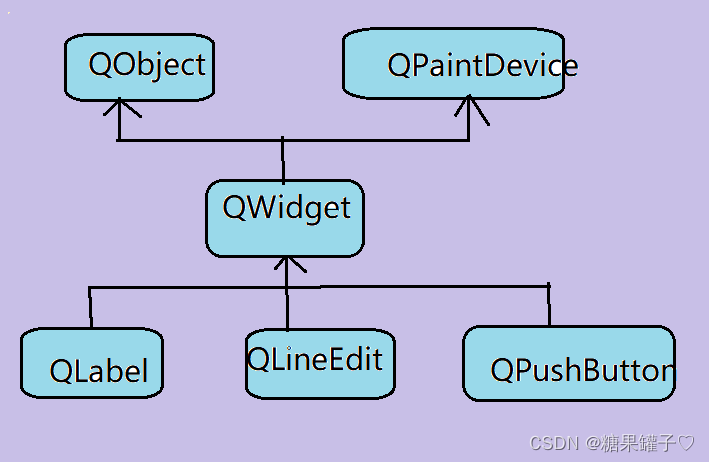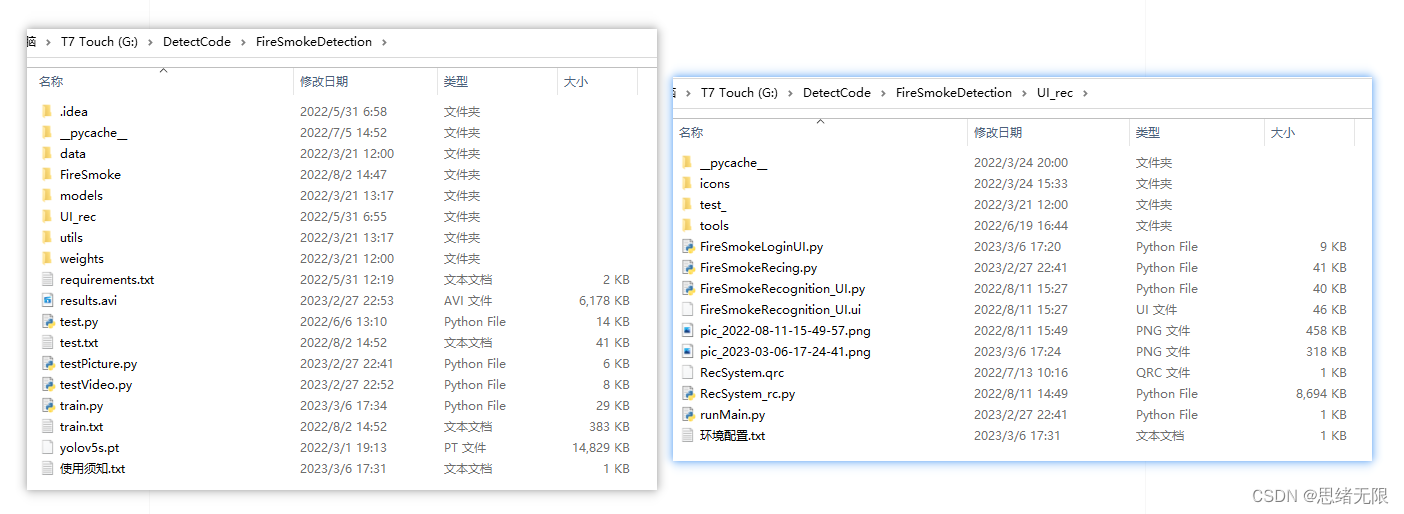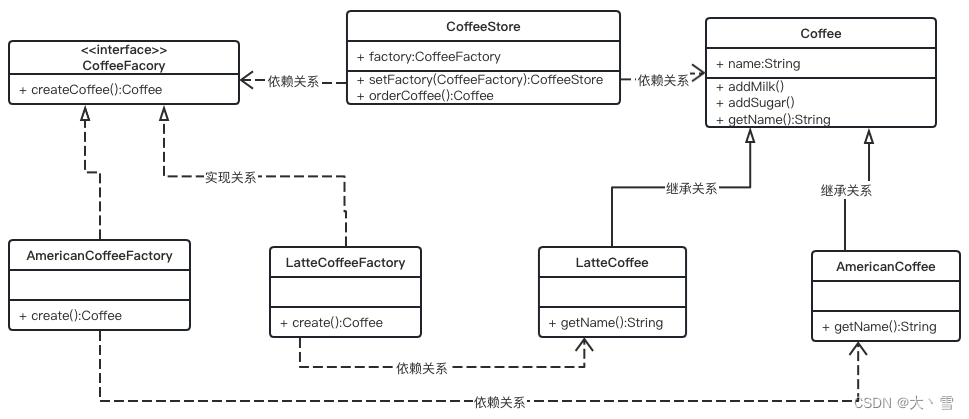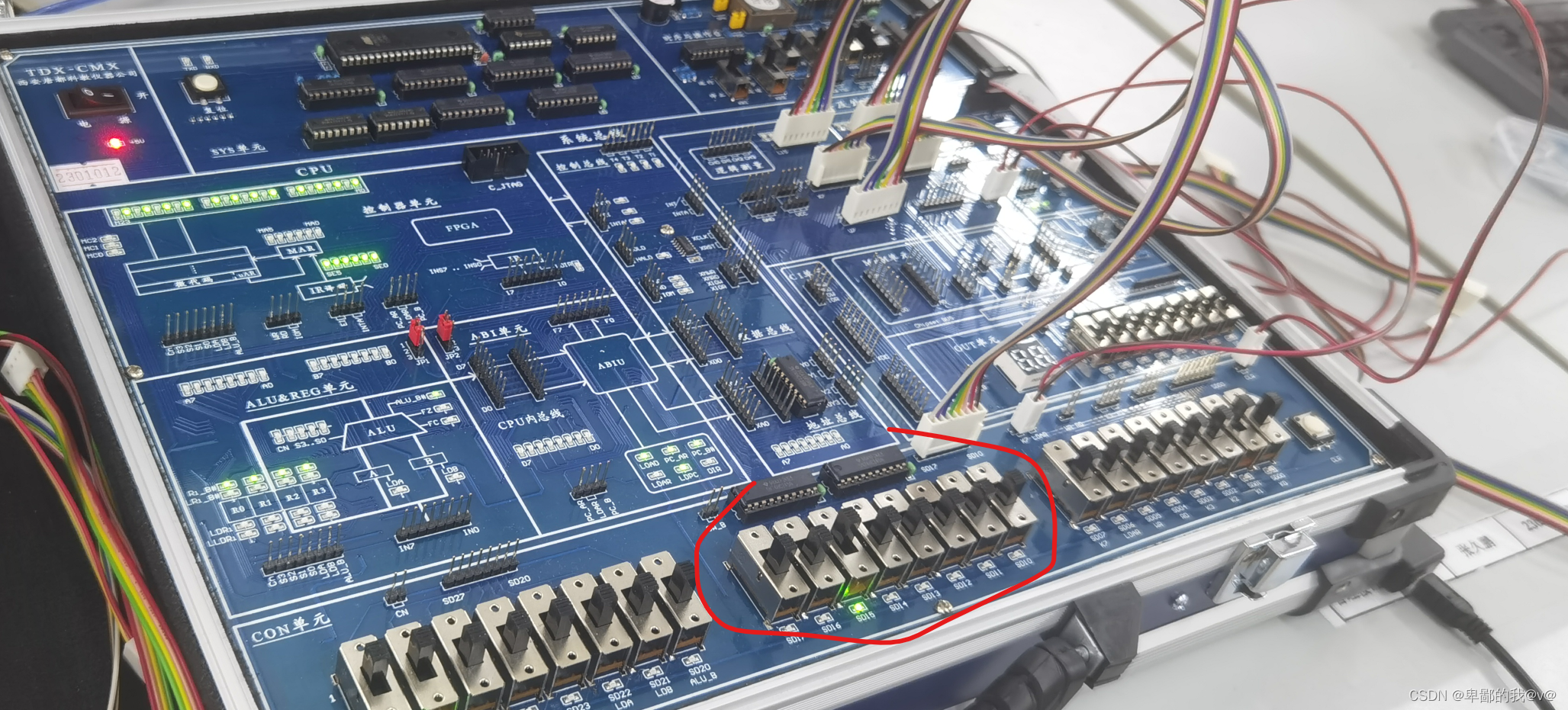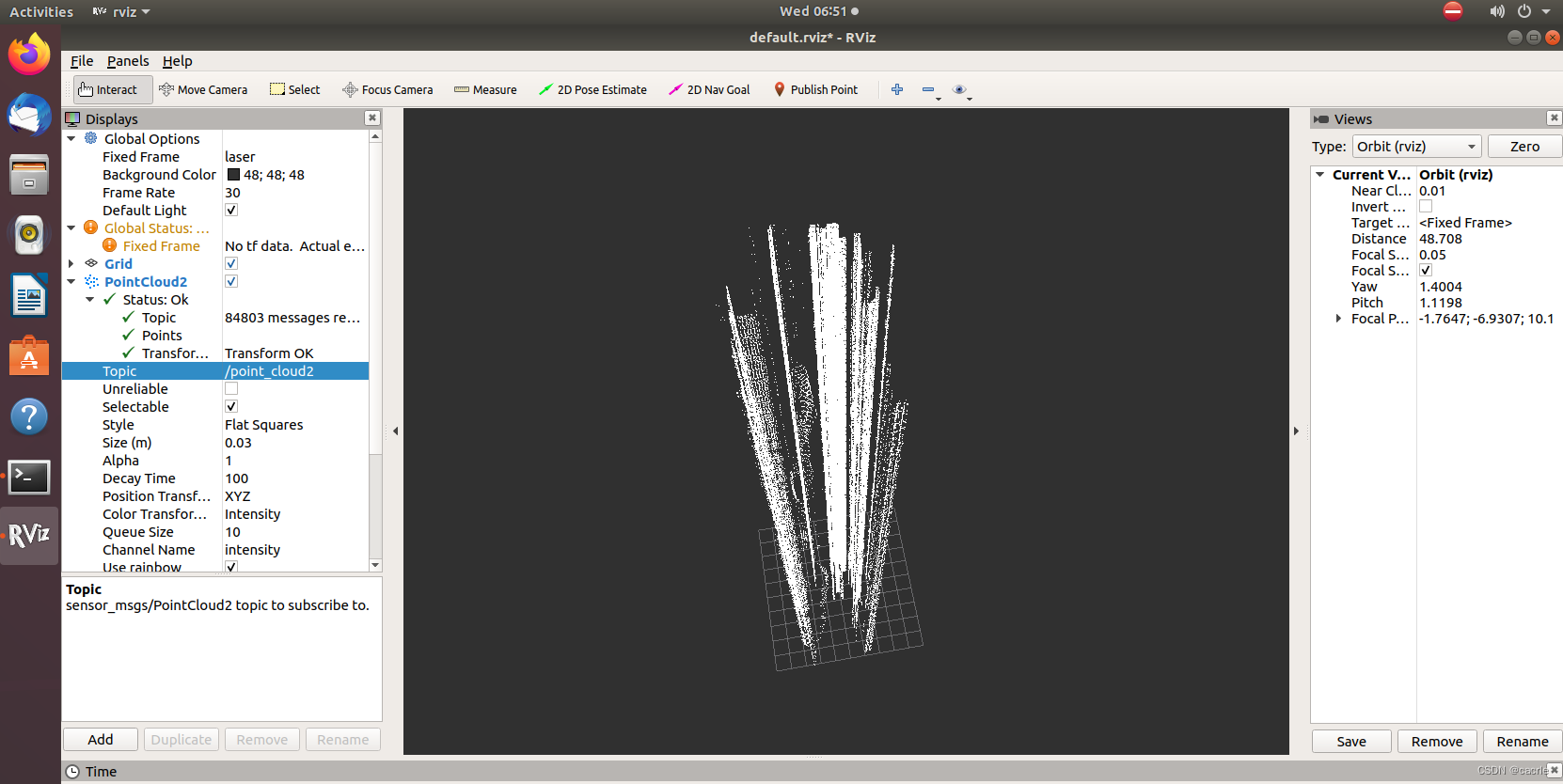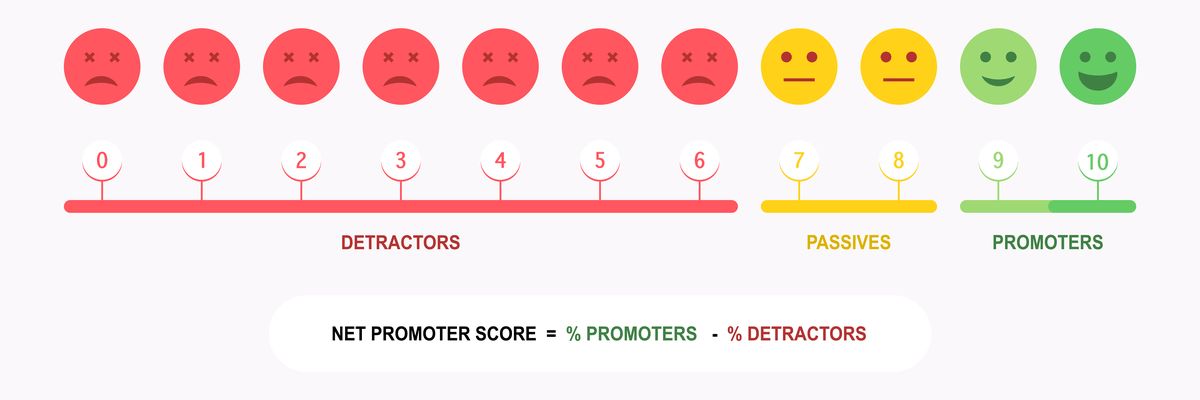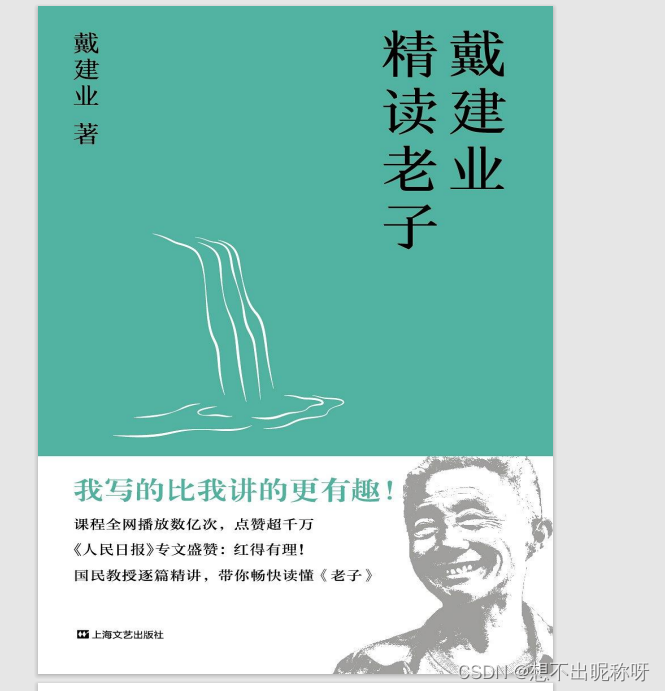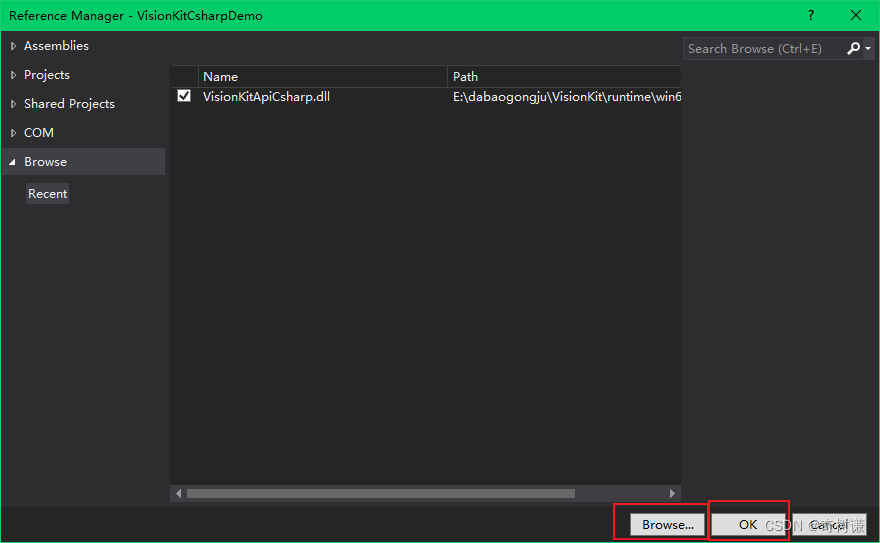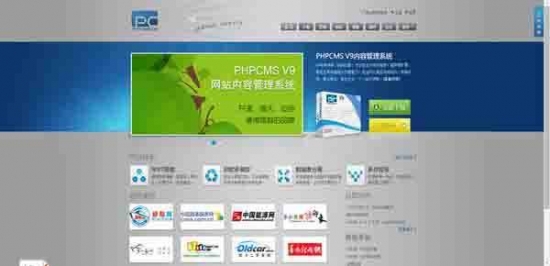一. form组件的使用
这个点自己写的时候卡了好久,比较有感悟。
首先明确一点,为什么需要form。
form可以封装一个模块,这个模块里可以有多个input操作,多个输出接口,多个按键,但是至多有两个关键按键:submit和reset
submit执行提交之后对整个模块进行操作的函数。对应的buttom的form-type="submit"
reset执行对整个模块进行复位的函数。对应的buttom的form-type="reset"
(其实只是起名这么起而已,真的函数怎么样,其实随你)
刚刚提到了多个input操作,有个问题,e.detail.value获得的是整个触发函数对应的模块里输入的全部内容,那么怎么分清哪个是哪个input输入的呢。
答案是给input起名字,比如name="cels",获取它输入的值可以变为e.detail.value.cels
<view class="box">
<view>
<form bindsubmit="changeM" bindreset="">
<input name="cels" type="digit" placeholder="请输入人民币金额" auto-focus="true" />
<view class="layout">
<button type="primary" form-type="submit">提交</button>
<button type="warn" form-type="reset">复原</button>
</view>
<view>
{{dollar}}
</view>
</form>
</view>
</view>const app=getApp()
var C;
Page({
/**
* 页面的初始数据
*/
data: {
},
changeM:function(e){
C=parseInt(e.detail.value.cels);
this.setData({
dollar:(C/6.08).toFixed(4)
})
}
})二. 看一个实例
做一个小程序,要求用户输入三角形三条边的长度,当能构成三角形时显示三角形的周长,不能构成则显示提示“三角形两边之和需要大于第三边”。
显示提示不是指自己输在屏幕上的文本,是那种提交成功样式的灰框框,引进一个新组件,this.showToast({
title:' '
}) title里就是你想显示在灰框框中的东西。
<view class="box">
<form bindsubmit="changeM">
<input name="cel1" type="digit" placeholder="请输入第一条边的边长"/>
<input name="cel2" type="digit" placeholder="请输入第二条边的边长"/>
<input name="cel3" type="digit" placeholder="请输入第三条边的边长"/>
<button form-type="submit" type="primary">提交</button>
<view>
三角形周长为:{{perimeter}}
</view>
</form>
</view>// logs.js
const util = require('../../utils/util.js')
Page({
data: {
logs: []
},
onLoad() {
this.setData({
logs: (wx.getStorageSync('logs') || []).map(log => {
return {
date: util.formatTime(new Date(log)),
timeStamp: log
}
})
})
}
})
三. 单选框和复选框
复选框checkbox,自带封装组件为checkbox-group
单选框radio,自带封装组件为radio-group
封装组件要做的是记录被用户选择的组件中的框的value,同上,用e.detail.value取出来
这里的例子是对一行字进行动态渲染,可选渲染在复选框和单选框中
<view class="box">
<text style="font-size: {{myFontsize}}; font-weight: {{myBold}}; font-style: {{myItalic}}; text-decoration: {{myUnderline}};">苏州大学</text>
<checkbox-group bindchange="changeCheckbox">
<checkbox value="isBold">加粗</checkbox>
<checkbox value="isItalic">斜体</checkbox>
<checkbox value="isUnderline">加下划线</checkbox>
</checkbox-group>
<radio-group bindchange="changeRadio">
<radio value="15px">15px</radio>
<radio value="25px">25px</radio>
<radio value="40px">40px</radio>
</radio-group>
</view>const app=getApp()
var C;
Page({
/**
* 页面的初始数据
*/
data: {
},
changeCheckbox:function(e){
C=e.detail.value;
for(var i=0;i<C.length;i++){
if(C[i]=='isBold'){
this.setData({
myBold:'bold'
})
}
if(C[i]=='isItalic'){
this.setData({
myItalic:'italic'
})
}
if(C[i]=='isUnderline'){
this.setData(
{
myUnderline:'underline'
}
)
}
}
},
changeRadio:function(e){
this.setData({
myFontsize:e.detail.value
})
}
})radio,checkbox{
font-size: 15px;
display:inline-flex;
flex-direction: row;
margin:10px;
}四. 滑动条组件
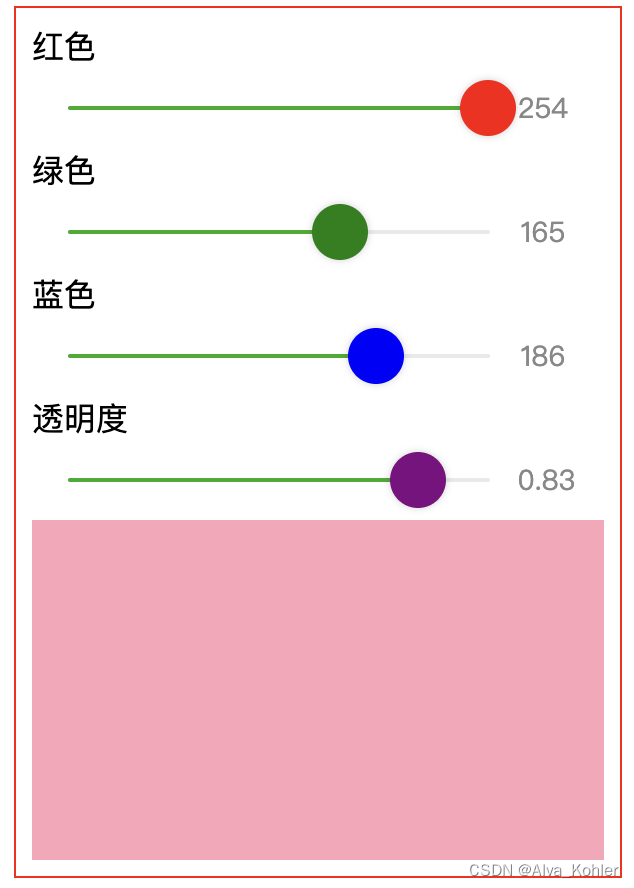
最终图如上。
slider使用时有很多可选属性,这里介绍几个:
data-:data是个数组,里面包含了这个滑动条代表的多种属性内容,这里使用data-color,属性内容为颜色。获取这个数组里指定内容组的内容(以color组为例)时可以用:e.currentTarget.dataset.color
value代表数值由谁决定/改变后传递给谁。
block-color就是滑动条上小滑块的颜色。
max是滑块能表达的最大值。
show-value是是否显示滑块所在位置当前数值。
<view class="box">
<view>
红色
</view>
<slider data-color="r" value="{{r}}" max="255" block-color="red" show-value="true" bindchange="changeC"/>
<view>
绿色
</view>
<slider data-color="g" value="{{g}}" max="255" block-color="green" show-value="true" bindchange="changeC"/>
<view>
蓝色
</view>
<slider data-color="b" value="{{b}}" max="255" block-color="blue" show-value="true" bindchange="changeC"/>
<view>
透明度
</view>
<slider datacolor="a" value="{{a}}" max="1" step="0.01" block-color="purple" show-value="true" bindchange="changeC"/>
<view class="showblock" style="background-color: rgba({{r}}, {{g}}, {{b}}, {{a}});">
</view>
</view>const app=getApp()
var C;
Page({
/**
* 页面的初始数据
*/
data: {
r:50,
g:100,
b:150,
a:1,
},
changeC:function(e){
C=e.currentTarget.dataset.color;
var E=e.detail.value;
console.log(C,E);
this.setData({
[C]:E
})
}
})